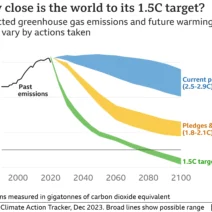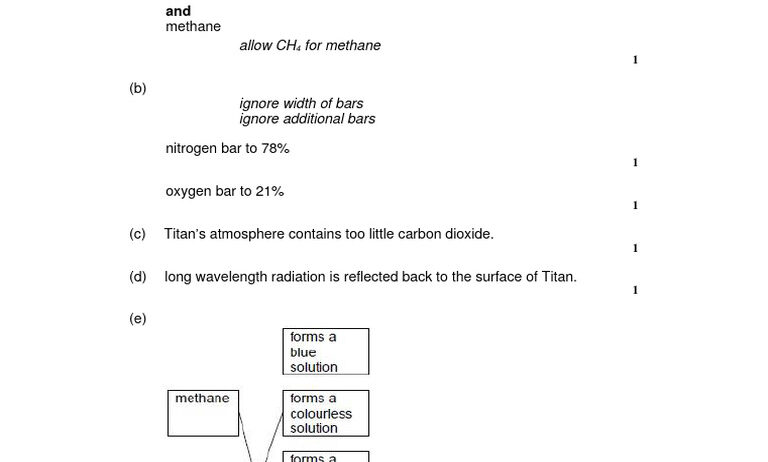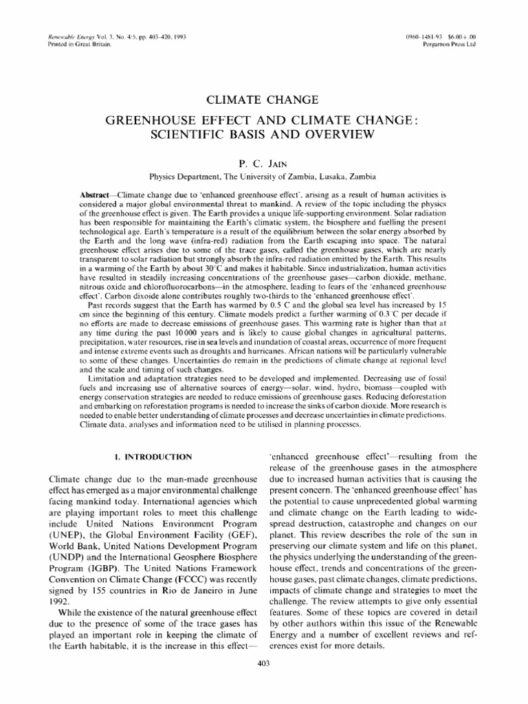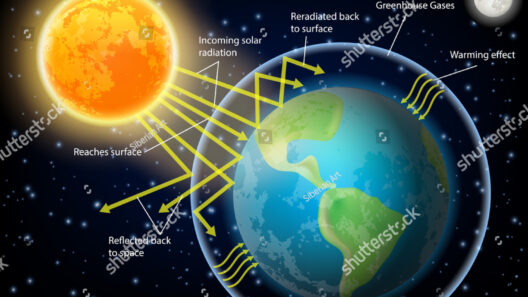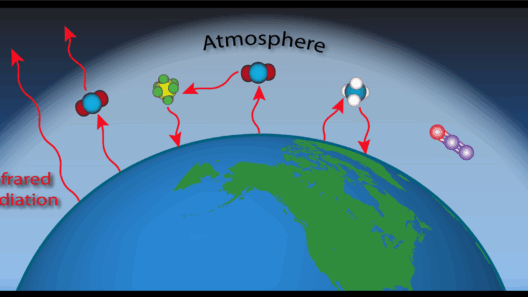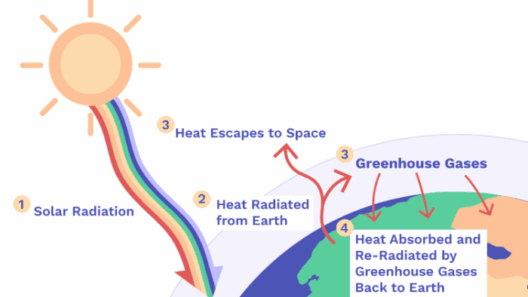The greenhouse effect is a critical phenomenon governing the Earth’s climate. It is primarily responsible for maintaining the temperatures that sustain life. However, an understanding of the gases that contribute to this effect is essential for addressing the challenges posed by climate change.
The major players in this atmospheric alteration include carbon dioxide (CO2), methane (CH4), nitrous oxide (N2O), and a variety of industrial gases. Each of these gases has distinct sources, lifetimes, and potency in warming the atmosphere. Understanding them can arm society with the tools needed to combat global warming effectively.
Exploring Carbon Dioxide: The Principal Offender
- Carbon dioxide is undoubtedly the most prevalent greenhouse gas emitted through human activities. It primarily results from fossil fuel combustion, with energy production, transportation, and industrial processes being the major contributors. The carbon cycle naturally regulates CO2 levels; however, the rapid increase attributed to anthropogenic activities disrupts this balance.
- CO2 molecules trap heat in the atmosphere by absorbing infrared radiation emitted from the Earth’s surface. This heat retention is crucial, as it enables life to flourish. Yet, the resulting increase in atmospheric concentrations due to human actions leads to an enhanced greenhouse effect. The ramifications include rising global temperatures, melting polar ice, and significant alterations in weather patterns.
- Additionally, carbon dioxide is extremely resilient, with a lifespan in the atmosphere ranging from several decades to centuries. This long-lasting presence underscores the urgency of mitigating emissions. Innovative strategies, such as reforestation and carbon capture technologies, are emerging to counter CO2 buildup. They represent just a fraction of the solutions needed to address this pervasive greenhouse gas.
Methane: A Potent but Short-Lived Greenhouse Gas
- Methane, while less abundant than carbon dioxide, is significantly more efficient at trapping heat in the atmosphere. Estimates indicate that methane is approximately 25 times more potent than CO2 over a 100-year timeframe. Its sources are diverse, including agricultural practices, landfills, and natural gas extraction. Livestock production is also a substantial contributor, as enteric fermentation in ruminants releases considerable methane during digestion.
- Despite its potency, methane has a relatively short atmospheric lifetime, averaging around 12 years. However, during this brief period, it can incite considerable warming. Mitigation strategies such as improved agricultural techniques, better waste management systems, and capturing methane from landfills can dramatically reduce emissions.
Venturing Into Nitrous Oxide: An Underappreciated Contender
- Nitrous oxide, often overlooked in discussions about greenhouse gases, plays a significant role in warming. It has a global warming potential nearly 298 times stronger than carbon dioxide over a century, though its proportion in the atmosphere is much lower. The primary sources of nitrous oxide emissions include agricultural practices, particularly the use of synthetic fertilizers, and certain industrial processes.
- Nitrous oxide not only impacts climate change but also contributes to the depletion of the ozone layer. Its persistence in the atmosphere—up to 120 years—makes it a formidable adversary in the fight against climate change. Sustainable agricultural practices, including the use of organic fertilizers and cover crops, can mitigate its release, highlighting the need for integrated approaches to emissions reduction.
The Role of Industrial Gases: The Unseen Threats
- Beyond the common greenhouse gases, several industrial gases contribute to climate change. Hydrofluorocarbons (HFCs), perfluorocarbons (PFCs), and sulfur hexafluoride (SF6) are examples of synthetic compounds with exceptional global warming potentials, often thousands of times greater than CO2. These gases are typically released through industrial processes and product usage, such as refrigeration, insulation, and electronic manufacturing.
- Although their concentrations in the atmosphere are relatively low compared to natural gases, the impact of these industrial emissions is profound due to their high potency and long lifetimes. The gradual implementation of alternatives, like natural refrigerants, and adherence to international agreements such as the Kigali Amendment are crucial steps towards reducing industrial gas emissions.
An Integrated Approach to Combat Climate Change
- Understanding the various gases that contribute to the greenhouse effect is pivotal for forming effective climate policies. Each gas presents unique challenges, interventions, and impacts on human health and the environment. Emission reduction strategies must take a multifaceted approach, incorporating technology, policy, and individual action.
- Public awareness and education are critical components of this integrated approach. By acknowledging the role that each greenhouse gas plays in climate change, society can make informed decisions that enable effective action. Individual contributions, such as reducing waste, altering consumption patterns, and advocating for renewable energy, can cumulatively foster significant change.
In summation, the greenhouse effect and its contributing gases are complex yet essential elements of our environment. Understanding their characteristics, impacts, and interactions empowers society to take decisive action against climate change. Each gas plays a role—recognizing this interconnectivity will be crucial in the ongoing effort to safeguard the planet’s future.

